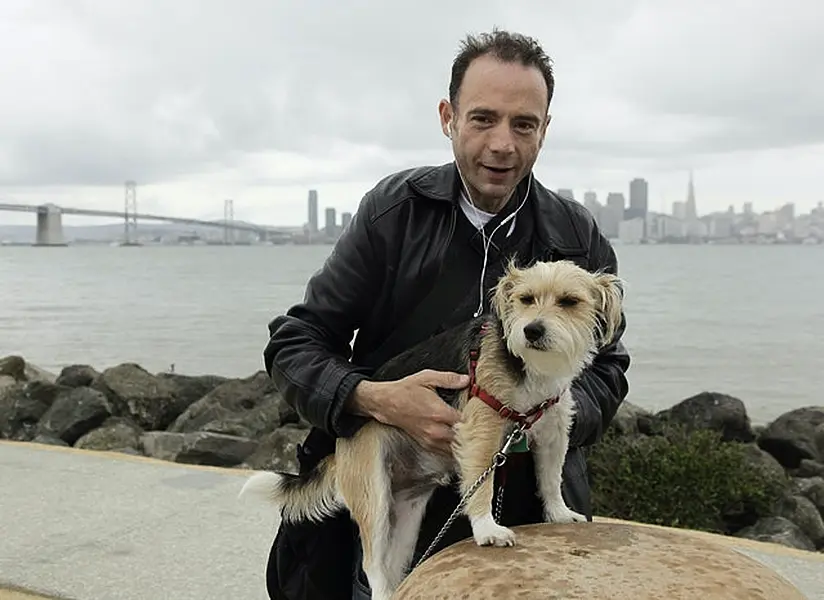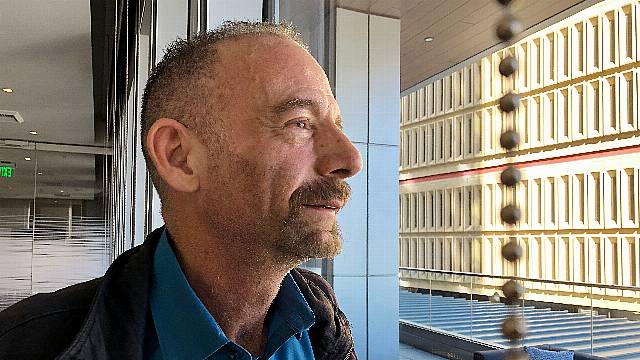Mr Brown, who was also known as “the Berlin patient”, died at his home in Palm Springs, California, according to a social media post by his partner, Tim Hoeffgen.
The cause was a return of the cancer that originally prompted the unusual bone marrow and stem cell transplants Mr Brown received in 2007 and 2008, which for years seemed to have eliminated both his leukaemia and HIV, the virus that causes Aids.

“Timothy symbolised that it is possible, under special circumstances,” to rid a patient of HIV – something that many scientists had doubted could be done, said Dr Gero Huetter, the Berlin physician who led Mr Brown’s historic treatment.
The International Aids Society, which had Mr Brown speak at an Aids conference after his successful treatment, issued a statement mourning his death and said he and Dr Huetter are owed “a great deal of gratitude” for promoting research on a cure.
Mr Brown was working in Berlin as a translator when he was diagnosed with HIV and then later, leukaemia. Transplants are known to be an effective treatment for the blood cancer, but Dr Huetter wanted to try to cure the HIV infection as well by using a donor with a rare gene mutation that gives natural resistance to the Aids virus.
It is with a profoundly heavy heart that the IAS bids farewell to Timothy Ray Brown, the first person to be cured of #HIV. Known as the “Berlin Patient”, Timothy was cured in 2008 after undergoing a complex stem cell transplant for lymphoma. Our statement: https://t.co/wcAFwTP7K5 pic.twitter.com/HpIwbp1pcr
— IAS - the International AIDS Society (@iasociety) September 30, 2020
Mr Brown’s first transplant in 2007 was only partly successful. His HIV seemed to be gone but his leukaemia was not. He had a second transplant from the same donor in 2008 and that one seemed to work.
But his cancer returned last year, Mr Brown said in a recent interview with The Associated Press.
“I’m still glad that I had it,” he said of his transplant.
“It opened up doors that weren’t there before” and inspired scientists to work harder to find a cure, Mr Brown said.
A second man, Adam Castillejo – called “the London patient” until he revealed his identity earlier this year – is also believed to have been cured by a transplant similar to Mr Brown’s in 2016.
Because such donors are rare and transplants are medically risky, researchers have been testing gene therapy and other ways to try to get a similar effect.
At an Aids conference in July, researchers said they may have achieved a long-term remission in a Brazilian man by using a powerful combination of drugs meant to flush dormant HIV from his body.







